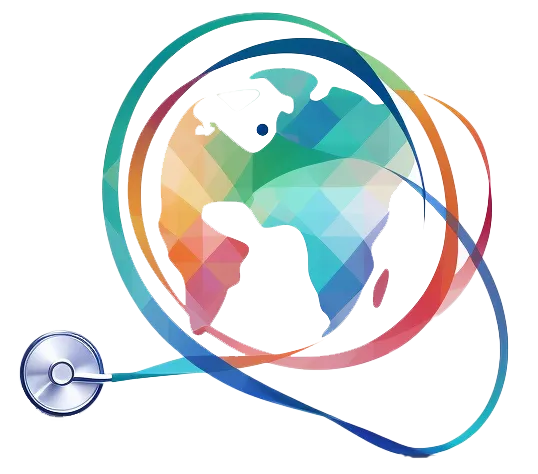The rapid evolution of technology continues to reshape the landscape of the medical field. From robotic surgeries to breakthroughs in imaging, the boundaries of what’s possible are continually expanding. This guide explores the pioneering world of medical technology, offering insights into the innovations charting the course for future healthcare.
Robotic Revolution: Precision in Practice
The integration of robotics in the medical realm is ushering in a new era of accuracy and efficiency.
Automated Advancements
- Robotic Surgery: Advanced systems like the da Vinci enable surgeons to perform intricate procedures with unmatched precision.
- Rehabilitation Robots: Devices designed to aid in patient recovery, enhancing mobility and strength.
- Telepresence Robots: Offering remote patient consultations, bridging distances, and enhancing healthcare accessibility.
Radiology Renaissance: Seeing Beyond the Surface
Imaging technologies are evolving, providing clinicians with clearer, more detailed views of the human body.
Imaging Innovations
- 3D & 4D Ultrasounds: Capturing dynamic, real-time images, especially beneficial during pregnancy.
- AI-Enhanced MRI: Machine learning algorithms improve image clarity and reduce scan times.
- Molecular Imaging: Visualizing cellular and molecular processes, crucial for early disease detection.
Wearable Wonders: Health Monitoring On-the-Go
Wearable tech is no longer just about fitness tracking; it’s about proactive health management.
Wearable Wisdom
- Continuous Glucose Monitors: Offering real-time blood sugar levels without constant finger-pricking.
- Smart Patches: Devices adhering to the skin, monitoring vital signs and delivering medication when needed.
- ECG-Equipped Watches: Allowing for instant heart rhythm assessments, potentially detecting arrhythmias.
Virtual Realities: Immersive Therapeutic Experiences
Virtual and augmented reality are emerging as potent tools for treatment and training in medicine.
Virtual Ventures
- VR Pain Management: Immersive environments distract patients, reducing perceived pain during procedures.
- AR-Assisted Surgeries: Overlaying virtual images on the physical world, aiding surgeons during operations.
- VR Medical Training: Enabling students to practice procedures in a risk-free, virtual space.
Digital Health Data: Harnessing the Power of Information
The digitization of health records and data provides both challenges and opportunities.
Data-Driven Decisions
- Electronic Health Records (EHRs): Centralizing patient data for more informed, coordinated care.
- Predictive Analytics: Using health data trends to predict and prevent potential medical issues.
- Telemedicine Platforms: Facilitating remote patient-doctor interactions, democratizing healthcare access.
Conclusion
The intersection of technology and medicine is a vibrant, continually evolving space. As we stand on the cusp of numerous breakthroughs, it’s clear that the future of healthcare will be deeply intertwined with innovation. This guide provides a glimpse into that future, spotlighting the tools and technologies poised to redefine healthcare in the coming decades.

